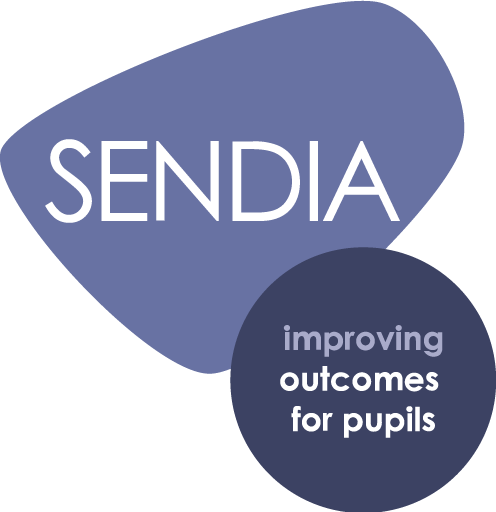Answer: because there is something in that negative behaviour that is communicating an unmet need – and It’s our jobs as educators to find out what that is.

We’re all human, and will all ponder variations of this question from time to time.
…but in general, these are our own ego’s reaction to situations we find challenging – they don’t help the pupil learn.
But we do need to start here, because until we recognise these questions as just the start of the process, then we will never go any further. As part of my book writing process (Miss, I don’t give a sh*t – due out in 2021), I have had the pleasure of interviewing a whole host of experts – a child therapist, a resilience coach, a head creating a school from scratch, a canine assisted therapist who spent her childhood in care – and of course many teachers.
There were lots of themes that linked their responses, one of them being this: our own self-awareness work is what makes us better educators, particularly for young people whose behaviour is challenging for the adults around them.
They’re not always the easiest to decipher... it’s a detective game, working with the pupil and the adults around them
Self-awareness enables us to spot the moments when we’re reacting – from habit, fear, confusion, because everyone else is, loss-of-knowing-what-else-to-do – and when we can pause, take a breath, look at the wider context of the thrown pen or 73rd insult of the day – and re-focus on how we can support the pupil and their behaviour needs, in order to help them learn.
Of course, before we can do this, we have to have a practice of self-care in place. (This is another blog post for another time…)
Back to the pupil in this situation: what does help them is taking (or having) the time to actually answer the question, rather than leave it as a rhetoric retort. Here are some examples of what you might find.
| Why can’t they behave? What is the behaviour communicating to me? | What is the unmet need? |
|---|---|
| Because they’re nervous. | They need help self-regulating. |
| Because they’re scared of failing. | They need help with their self-confidence around the subject or task. |
| Because they didn’t sleep last night. | They need help with social media addiction at night or night terrors. |
| Because they’re sad. | They need somewhere and someone safe to express their sadness. |
| Because they don’t know what the expectations are in this context. | They need help with transitions from expectations in different environments. |
| Because they’re worried about their family. | Their family needs support, but they don’t know how to communicate that. |
| Because their home is a scary place. | They need safety at home. |
| Because they’re angry… | They need help understanding and releasing the anger… |
| Where is the barrier to learning? | What triggered the behaviour? |
|---|---|
| Physical responses of nervousness and anxiety distracting from learning. | They need help with their self-confidence around the subject or task.Seeing a particular peer in the classroom. |
| Memories of failure mean it’s safe not to try in the first place. | Asking them to read aloud. |
| Body and mind too tired to concentrate. | Being asked to stay awake! |
| Emotional sadness, and lack of direction of it distracts from learning. | Talk about Christmas celebrations. |
| If the expectations aren’t known, it’s hard to achieve. | Feeling out of control in an unknown environment. |
| Worry about family manifests in distracting thoughts and physical reactions – can’t concentrate. | Being asked to put phone away – where they were texting their mum. |
| If home life is a scary place they will be on physical and mental alert – not the optimum brain state learning. | A question about what they did at the weekend. |
| Anger has a physical response: heart quickens, breath becomes shallow, the body wants to move, the emotional reaction part of the brain, the amygdala, puts the body into fight, flight or freeze – not sit and learn. | The door being locked. |
What if we don’t know the answers to these questions? Then there is our work.
They’re not always the easiest to decipher; often pupils won’t be able to articulate complete coherent responses for us – it’s a detective game, working with the pupil and the adults around them.
Educators often ask me why SEMH (social, emotional and mental health needs) are a SEND, and how they can be supported. Pupils with SEMH (often your pupils who have experienced extreme abuse, trauma and neglect) have additional needs in order for them to access the learning.
Once we feel safe and included, we are able to learn
The trick is, that this might not look like the learning needs of other SEND pupils. It is less likely to be a vocabulary bank or large print (although it could be), and more likely to be something sensory, social, a change in position in the classroom, a positive relationship with an adult in the room.
And the other part to this, is that the SEMH need does not collate directly with academic ability. On more than one occasion, I have spent time building a positive relationship with a pupil who is struggling to engage in learning, started to answer the questions above and adapt the learning environment only to find that they had a reading age four years above their own. Don’t assume!
It’s the same for all of us: once we feel safe and included, we are able to learn. Safety and inclusion will look different for each of us depending on who we are in the context of where we have been and where we are now. We need to account for this in our pupils.
The pupils are human too.
 Accrediting inclusion
Accrediting inclusionThe SEND Inclusion Award provides a framework for recognising outstanding SEND provision in schools, and identifying areas that have high or little impact on your pupils' outcomes.
To find out more, visit the AwardPlace website.